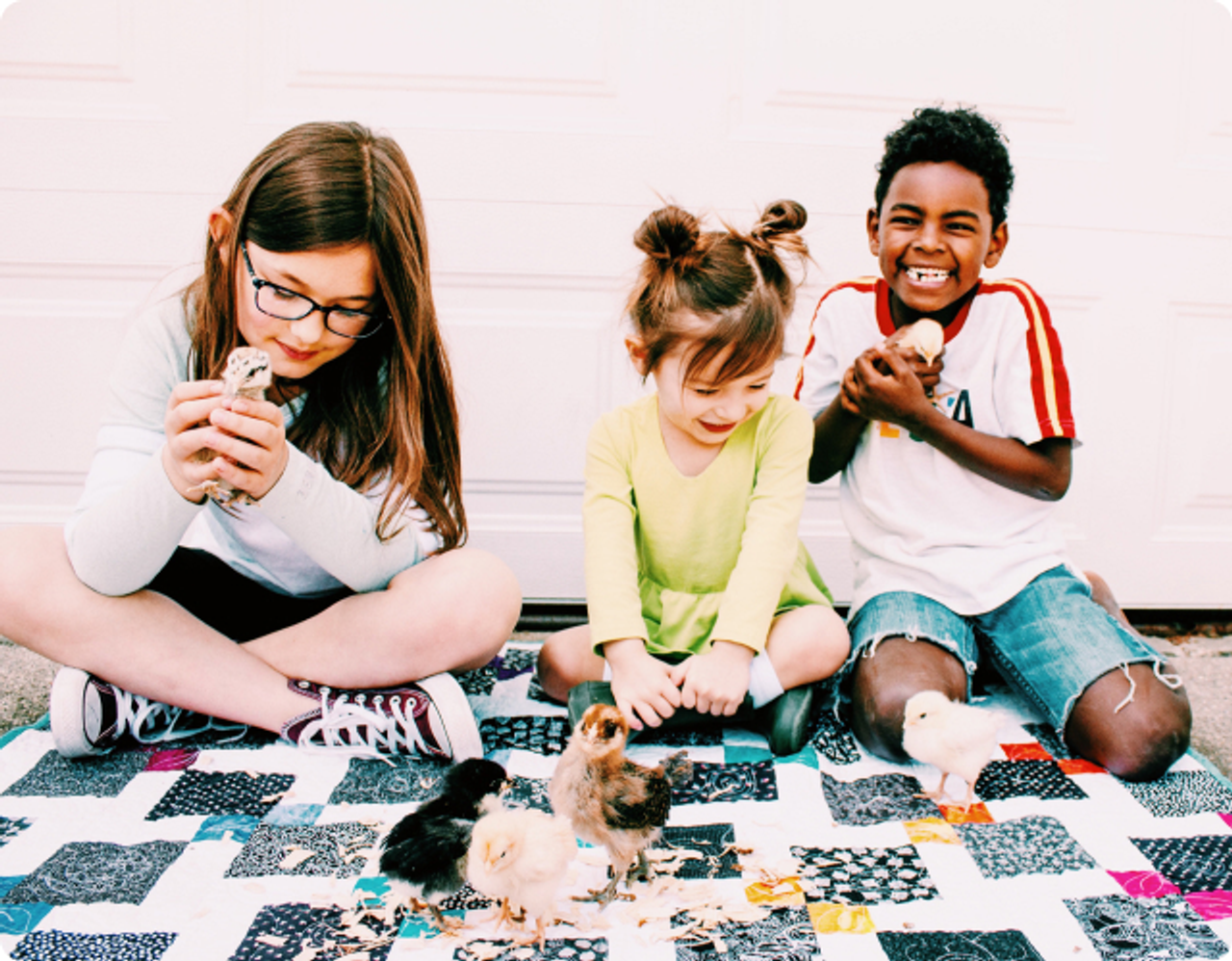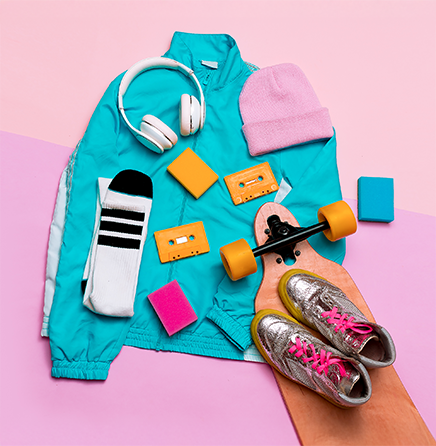How Playtime Fuels Kids' Creativity and Social Development
Posted by EMMA JOHNSON on 1st Oct 2024
Play is more than just fun—it’s an essential part of childhood that promotes creativity, cognitive growth, and social development. The image above of two children engaging in imaginative play demonstrates how toys can be the perfect tools for sparking joy and learning. Let’s take a closer look at how different types of toys and play environments can boost your child’s development.
1. Boosting Creativity Through Imagination
Children love to create entire worlds using their toys. Whether they are playing with dinosaurs, cars, or action figures like the kids in the image, they’re developing creative thinking skills. Toys that encourage role-playing, like dolls, kitchen sets, or animal figurines, allow kids to invent their own stories, explore emotions, and express their ideas in new ways.
2. Encouraging Social Interaction
Playtime with friends or siblings, as seen in the image, helps children learn the important skills of cooperation, communication, and sharing. Games that require teamwork, such as board games, team sports sets, or building kits, encourage children to work together, solve problems, and develop social skills like empathy and patience.
3. Learning Through Hands-On Play
Toys offer opportunities for children to learn without even realizing it. STEM toys, puzzles, and educational kits teach kids how to think critically, solve problems, and understand basic concepts in math, science, and engineering. By engaging with these toys, children build cognitive skills while having fun and enjoying the process of discovery.
4. Developing Fine Motor Skills
In the image, the children are holding small toys, which demonstrates how important fine motor skills are in early childhood. Toys that involve assembling pieces, such as building blocks, LEGO sets, or arts and crafts kits, help improve hand-eye coordination and dexterity. These skills are essential for everyday tasks like writing, drawing, and dressing themselves.
5. Choosing Safe and Age-Appropriate Toys
When selecting toys, safety should always come first. Look for toys made from non-toxic materials, and always check the recommended age range on the packaging to ensure they are appropriate for your child. For younger children, opt for toys with large, easy-to-handle pieces, like soft plush toys, chunky building blocks, and musical instruments. Older kids can enjoy more complex toys like remote-control cars or craft kits that engage their creativity and curiosity.


